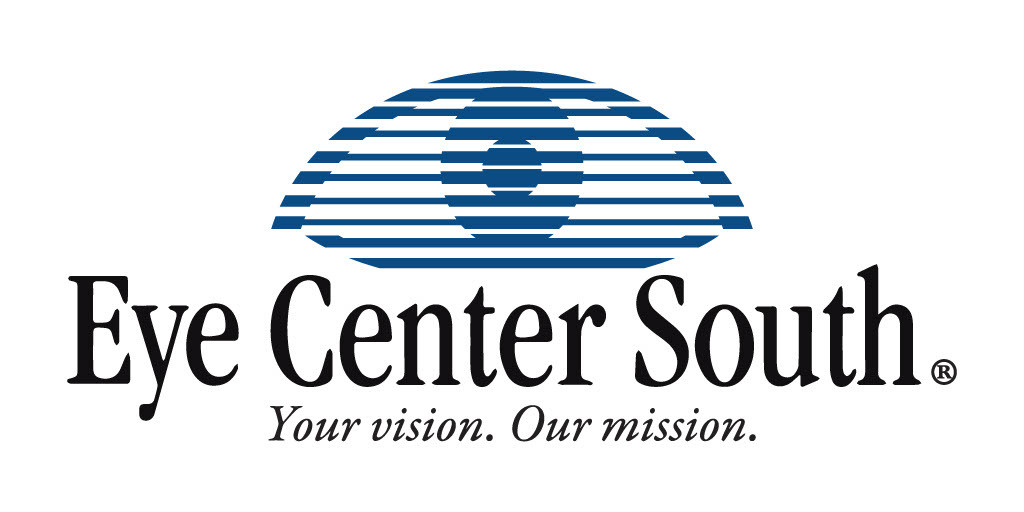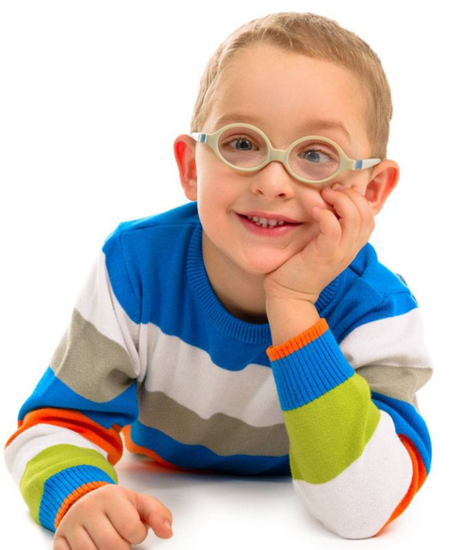Strabismus is a condition where the eyes do not align properly, affecting one or both eyes intermittently or constantly. This misalignment is prevalent in children and can significantly impact their vision and development if left untreated. Early detection and treatment are crucial for preventing long-term vision problems and ensuring a child’s overall well-being.

What is Strabismus?
Strabismus occurs when the eyes point in different directions. There are various types, including:
- Esotropia: One or both eyes turn inward.
- Exotropia: One or both eyes turn outward.
- Hypertropia: One eye turns upward.
- Hypotropia: One eye turns downward.
Causes of Strabismus
Several factors can cause strabismus, including genetic influences, issues with the eye muscles or nerves, and other health conditions such as cerebral palsy or Down syndrome. Sometimes, the exact cause remains unknown. Identifying the cause is important in determining the most effective treatment approach.
Symptoms of Strabismus
Parents should be aware of the following signs that may indicate strabismus in their child:
- Noticeable Eye Misalignment: One or both eyes may appear to be crossed or turned in different directions.
- Squinting: Frequent squinting, especially in bright light, can be a sign of strabismus.
- Closing One Eye: A child may close one eye to improve focus or reduce double vision.
- Tilting the Head: To compensate for misaligned vision, a child might tilt their head or turn their face.
- Double Vision: Although younger children may not be able to express this, older children may complain of seeing double.
Diagnosis of Strabismus
Diagnosing strabismus involves a comprehensive eye exam by an eye care professional, including visual acuity tests, a detailed examination of eye alignment, and possibly imaging tests to assess the eye muscles and structures. An accurate diagnosis is critical for creating an effective treatment plan.






